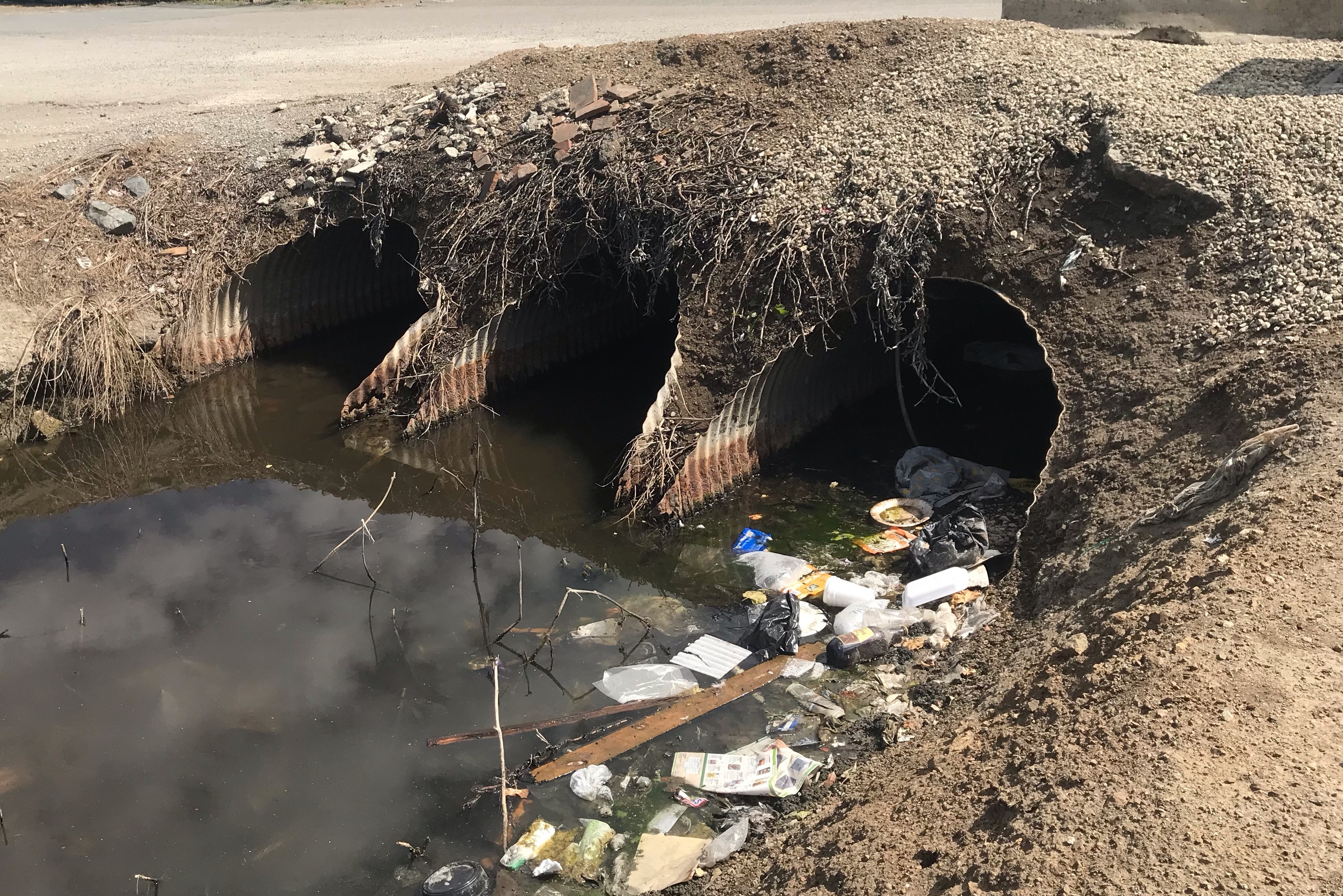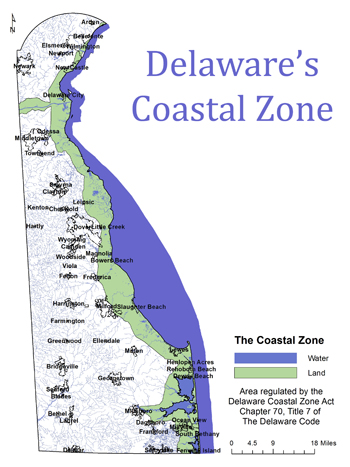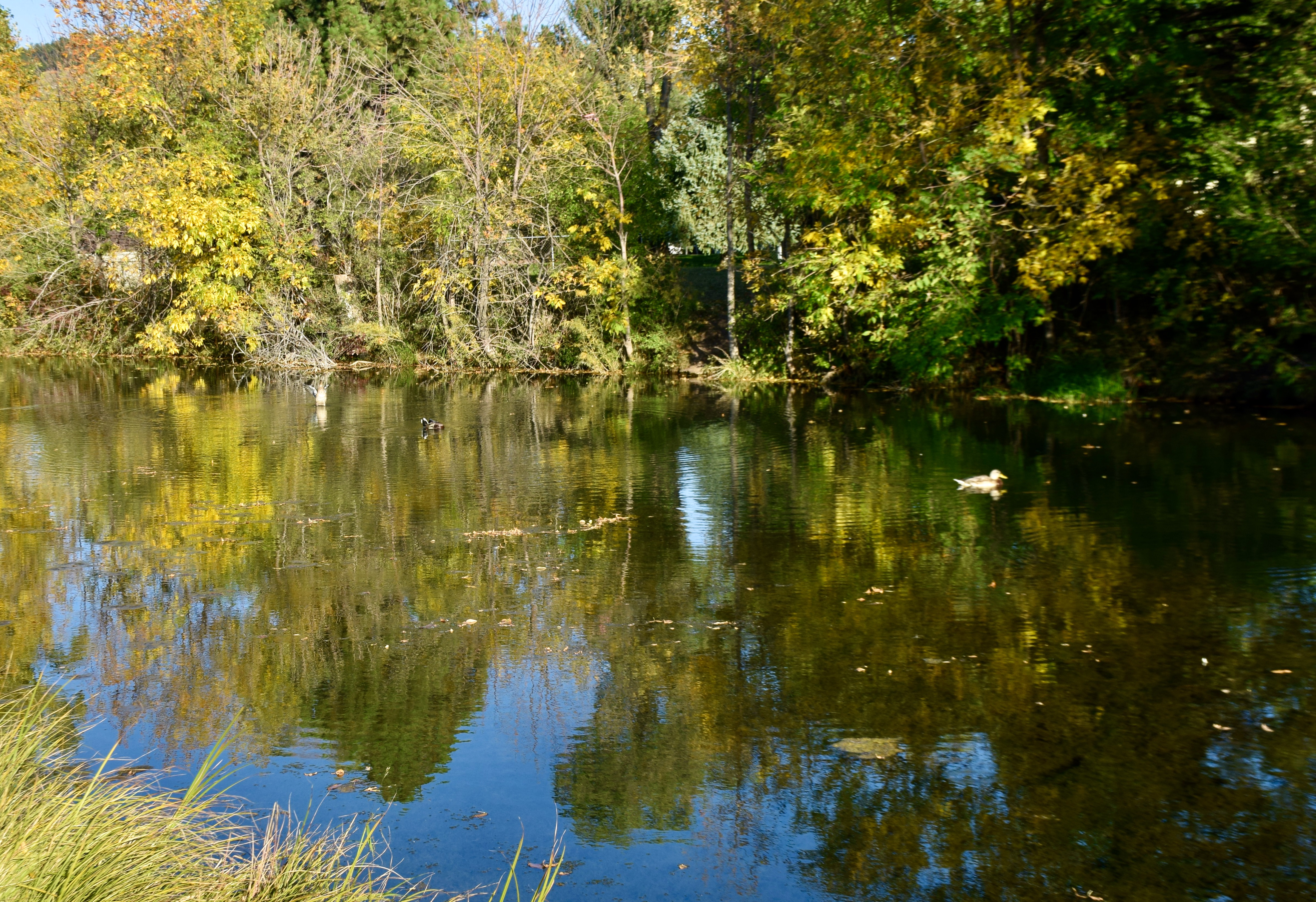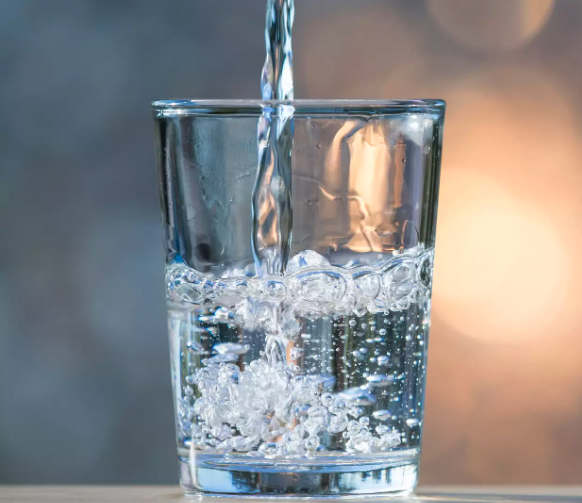 By Archer Castle
By Archer Castle
Content Developer
Sierra Club Delaware Chapter
Water:
it’s the most abundant substance on Earth. It comes out of the tap and into our bodies multiple times a day. The importance of water as a habitat, as a component of physiology, and a source of food cannot be overstated.
In Delaware, however, humans have been doing an incredibly poor job of stewardship, and its water quality is ranked lowest out of all of the fifty states. While the municipal water sources that Delawareans drink remains mostly unaffected due to the sanitation process that they undergo, bodies of water such as rivers, lakes, and groundwater which is often tapped into for private wells, sustain the full effects of this lack of care. Though many humans don’t suffer directly from water quality issues within the state, the natural world and all of the services that it provides are greatly impacted.
 In a report done by the Environmental Integrity Project, 97% of Delaware’s waterways were deemed to be polluted. What’s worse, 100% of the state’s 775 miles of estuaries were found to be impaired. Estuaries are zones where freshwater and saltwater mix along the coast. They form varied and highly productive ecosystems, providing a number of vital benefits. These include being a food source for both humans and wildlife, filtration of pollutants out of water, and providing habitat for a wide range of aquatic and semiaquatic organisms.
In a report done by the Environmental Integrity Project, 97% of Delaware’s waterways were deemed to be polluted. What’s worse, 100% of the state’s 775 miles of estuaries were found to be impaired. Estuaries are zones where freshwater and saltwater mix along the coast. They form varied and highly productive ecosystems, providing a number of vital benefits. These include being a food source for both humans and wildlife, filtration of pollutants out of water, and providing habitat for a wide range of aquatic and semiaquatic organisms.
Unfortunately, these many benefits are being stripped at an increasing rate due to the contamination that’s being poured into the water from various human sources.Across the state, human wastewater enters the water table in large amounts. In addition, Delaware’s cornerstone industries are slowly killing its aquatic ecosystems.
One of the main drawbacks of being the "Chemical Capital of the World" (according to the Encyclopedia Britannica) is the many waste chemicals that enter the environment from production plants. Nutrients in the fields of many farms also injure Delaware’s water through agricultural runoff, eventually leading to algal blooms and fish kills. These two conditions, part of a process called Eutrophication, destroy ecosystems by robbing them of sunlight and taking oxygen out of the water, literally choking the life out of aquatic habitats. These chemical and agricultural sources combine to create the impaired and polluted conditions of natural waters.
An initial reaction to this information may be to ask, “if this is such a big problem, why hasn’t anything been done to stop it?” The answer, as many answers are in politics and conservation, is yes there has been some progress, but not enough.
 In the early 1970s, the quality of water and its biosphere became a concern of both the federal and state government. Thus, two revolutionary pieces of legislation were passed—The Coastal Zone Act was enacted in 1971 at the state level and the Clean Water Act became law in 1972 at the federal level. The latter, which passed with bipartisan support under a Republican president, reorganized earlier laws that had been passed in 1948. One of its greatest advancements was the total banning of point source pollution into waterways without proper permits.
In the early 1970s, the quality of water and its biosphere became a concern of both the federal and state government. Thus, two revolutionary pieces of legislation were passed—The Coastal Zone Act was enacted in 1971 at the state level and the Clean Water Act became law in 1972 at the federal level. The latter, which passed with bipartisan support under a Republican president, reorganized earlier laws that had been passed in 1948. One of its greatest advancements was the total banning of point source pollution into waterways without proper permits.
Without getting into too much detail, point source pollution is any pollution where you can easily point to and identify its source, such as a smokestack or sewer pipe. This legislation was a huge success, helping to clean up water tables across the nation. Chris Bason, former science coordinator and executive director for the Delaware Center for the Inland Bays, affirmed its effectiveness on that front, noting that “There [were] originally 13 point sources of pollution [in Delaware] that have been removed or mitigated” because of the law.
A year earlier, Delaware had passed the Coastal Zone Act. This law, in its description directly from the Delaware government website, “regulates new and existing manufacturing, heavy industry, and bulk product transfer activities in Delaware’s coastal zone through a permitting system.” This crucial regulation does a good job in making sure that those industries that have the ability to severely affect water and ecosystem health within the state are properly managed. In the 50 years that these laws have been in place, they’ve had great success in preventing pollution from entering Delaware waters.
If these two pieces of legislation were so effective, why is there still such a crisis surrounding Delaware’s natural water quality? The answer lies in the kind of pollution that both of these laws mostly missed—nonpoint source water pollution.
 According to Bason, the nonpoint sources, such as “the diffuse sources of pollution, like fertilizer from agriculture, runoff from the streets of our cities and our suburban areas, application of wastewater to the land that then seeps into water bodies” pose the greatest challenge in modern water health and safety. These kinds of pollution can be much harder to regulate, due to their indirect and widespread nature.
According to Bason, the nonpoint sources, such as “the diffuse sources of pollution, like fertilizer from agriculture, runoff from the streets of our cities and our suburban areas, application of wastewater to the land that then seeps into water bodies” pose the greatest challenge in modern water health and safety. These kinds of pollution can be much harder to regulate, due to their indirect and widespread nature.
Nonpoint sources are discussed in the Clean Water Act, but they are treated very differently than their point source counterparts. Instead of being regulated on the federal level, grants are given to the individual states as mandated in the 319th part of the law. This mandate, called the 319 Nonpoint Source Pollution Program, has been the primary control on nonpoint source pollution in Delaware. The grant money that’s been allocated by the program was insufficient to handle Delaware’s problems even then, and as time has gone on, the budget has shrunk even further.
“The [grant] money’s gone down… it’s a lot less than it used to be in the early 2000s. And inflation has cut the purchasing power of the grant, which was never nearly as much as it should have been to deal with the magnitude of the nonpoint source problem,” Bason lamented. “That’s where things have broken down.” With control of nonpoint sources being underfunded, Delaware water quality has been allowed to decline to perilous levels.
Delaware must solve the issue of its water quality in the coming years. Its water quality is at a staggering low point. Worsening the issue, little incentive from the federal government has been provided to address the issue.
 Every day that passes, the situation worsens. While ecosystems have a remarkable capacity to bounce back after both natural and man-made disturbances, this capacity is not limitless. If fish from Delaware waters become unsafe to eat because of the pollutants they’ve ingested, the state’s fishing industries could be massively hurt. Already, some Delaware estuaries are unsafe to swim in. Delaware could lose vital pieces of its environment permanently unless action is taken. If the federal government won’t help clean up the state’s water, solutions must be found on the state level.
Every day that passes, the situation worsens. While ecosystems have a remarkable capacity to bounce back after both natural and man-made disturbances, this capacity is not limitless. If fish from Delaware waters become unsafe to eat because of the pollutants they’ve ingested, the state’s fishing industries could be massively hurt. Already, some Delaware estuaries are unsafe to swim in. Delaware could lose vital pieces of its environment permanently unless action is taken. If the federal government won’t help clean up the state’s water, solutions must be found on the state level.
Read Part Two Now: https://www.sierraclub.org/delaware/blog/2022/09/delaware-water-crisis-part-2
